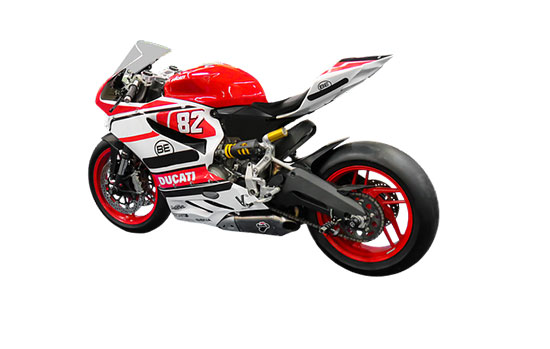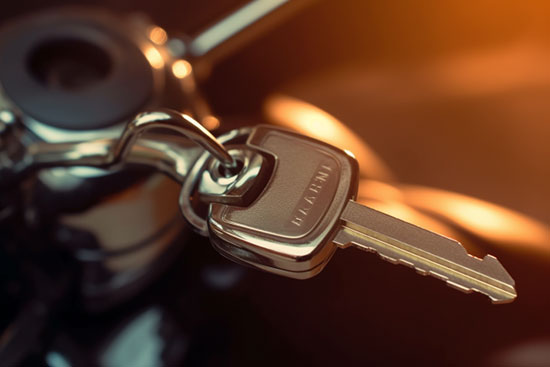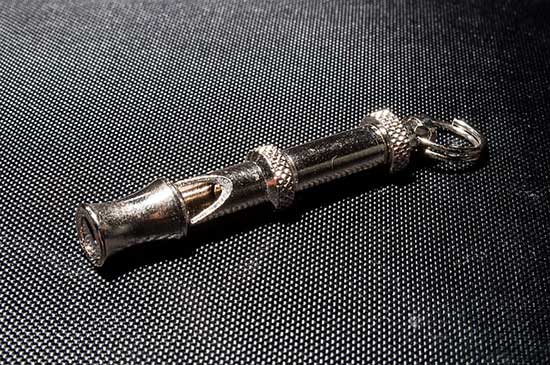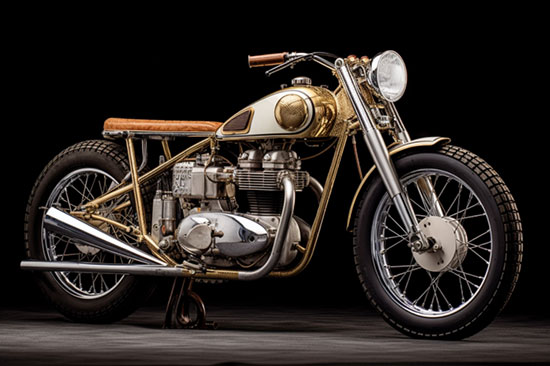If you’re in the market for a motorcycle that can handle long highway rides, it’s essential to choose one with the right engine capacity, or cc.
But how do you know how many cc motorcycle is best for highway riding? Let’s see
Contents
What is engine capacity (cc)?
Engine capacity, measured in cubic centimeters (cc), refers to the total volume of all the cylinders in a motorcycle’s engine. This measurement is critical because it directly affects the bike’s power, torque, and overall performance.
How engine capacity affects motorcycle performance
A higher engine capacity generally translates to more power and torque, allowing the bike to reach higher top speeds and accelerate faster.
However, larger-capacity engines also tend to be heavier and less fuel-efficient, impacting the motorcycle’s handling and operating costs.
Factors to consider when choosing a motorcycle for highway riding
When choosing a motorcycle for highway riding, several factors should be considered, including the bike’s engine capacity.
Motorcycle type
Different types of motorcycles are designed for specific purposes, such as cruisers, sportbikes, touring bikes, and adventure bikes. For highway riding, you’ll likely want a motorcycle that offers a comfortable riding position, good wind protection, and ample storage space for luggage.
Rider’s experience
Your riding experience will play a significant role in determining the appropriate engine capacity for your needs. Beginner riders should opt for smaller-capacity bikes to develop their skills, while more experienced riders may prefer larger-capacity motorcycles for better performance and comfort.
Fuel efficiency
Fuel efficiency is crucial for long highway trips, as it can help reduce your overall travel expenses. Generally, motorcycles with smaller engine capacities offer better fuel efficiency.
Comfort
Comfort should not be overlooked, as spending long hours on the saddle can lead to fatigue and discomfort. Look for a motorcycle with a comfortable seat, ergonomic controls, and suitable suspension for highway cruising.
Popular engine capacities for highway riding
When it comes to engine capacity, the options for highway riding range from smaller 250cc bikes to powerful superbikes.
250cc to 400cc motorcycles
These bikes are ideal for beginner riders and offer excellent fuel efficiency. Their lightweight design makes them easy to handle and maneuver.
However, they may lack the power and comfort required for long highway rides, especially when carrying a passenger or luggage.
500cc to 750cc motorcycles
Motorcycles in this range are suitable for intermediate to experienced riders. They offer a balance between power, handling, and fuel efficiency. These bikes can comfortably handle highway speeds and provide a smoother ride than their smaller counterparts. They are also capable of carrying passengers and luggage without sacrificing performance.
800cc to 1000cc motorcycles
These motorcycles are geared toward experienced riders who value power and performance. They provide ample power for highway cruising and can easily overtake slower-moving vehicles.
While still offering decent fuel efficiency, these bikes typically come with better suspension and comfort features, making them suitable for long-distance riding.
1000cc and above motorcycles
Superbikes and large-capacity touring bikes fall into this category. They offer top-of-the-line power, performance, and comfort but may be challenging to handle for less experienced riders.
These bikes are often equipped with advanced features, such as cruise control, heated grips, and adjustable suspension, to enhance highway riding comfort.
Pros and cons of different engine capacities
Each engine capacity range has its advantages and disadvantages, depending on the rider’s needs and preferences.
Lower engine capacity (250cc to 400cc)
Pros:
- Excellent fuel efficiency
- Lightweight and easy to handle
- Lower cost of ownership
Cons:
- May lack power for comfortable highway riding
- Less comfortable for long rides
- Limited luggage and passenger capacity
- Mid-range engine capacity (500cc to 750cc)
Pros:
- Good balance of power and fuel efficiency
- Suitable for a wide range of riders
- Better comfort and suspension than smaller bikes
Cons:
- Heavier and more challenging to handle than smaller bikes
- Higher cost of ownership compared to smaller bikes
- Higher engine capacity (800cc to 1000cc)
Pros:
- Strong power and performance
- Enhanced comfort and suspension for long rides
- Better suited for carrying passengers and luggage
Cons:
- Less fuel-efficient than smaller bikes
- Heavier and more challenging to handle for less experienced riders
- Higher cost of ownership
- Superbikes (1000cc and above)
Pros:
- Top-of-the-line power and performance
- Advanced comfort and convenience features
- Ideal for long-distance touring
Cons:
- Not suitable for beginner riders
- Higher fuel consumption
- Expensive to purchase and maintain
Tips for choosing the right motorcycle for highway riding
- Assess your riding experience and skill level to determine the most suitable engine capacity.
- Test and ride different motorcycles to find the one that feels comfortable and meets your needs.
- Consider the type of highway riding you plan to do, such as long-distance touring or daily commuting.
- Factor in the cost of ownership, including fuel consumption, insurance, and maintenance.
- Consult online forums and reviews to gather opinions from other riders with similar needs and preferences.
Conclusion
Choosing the right motorcycle for highway riding involves considering various factors, including engine capacity, rider experience, and comfort.
By carefully evaluating your needs and preferences, you can select a bike that offers the perfect balance of power, fuel efficiency, and comfort for your highway adventures.






